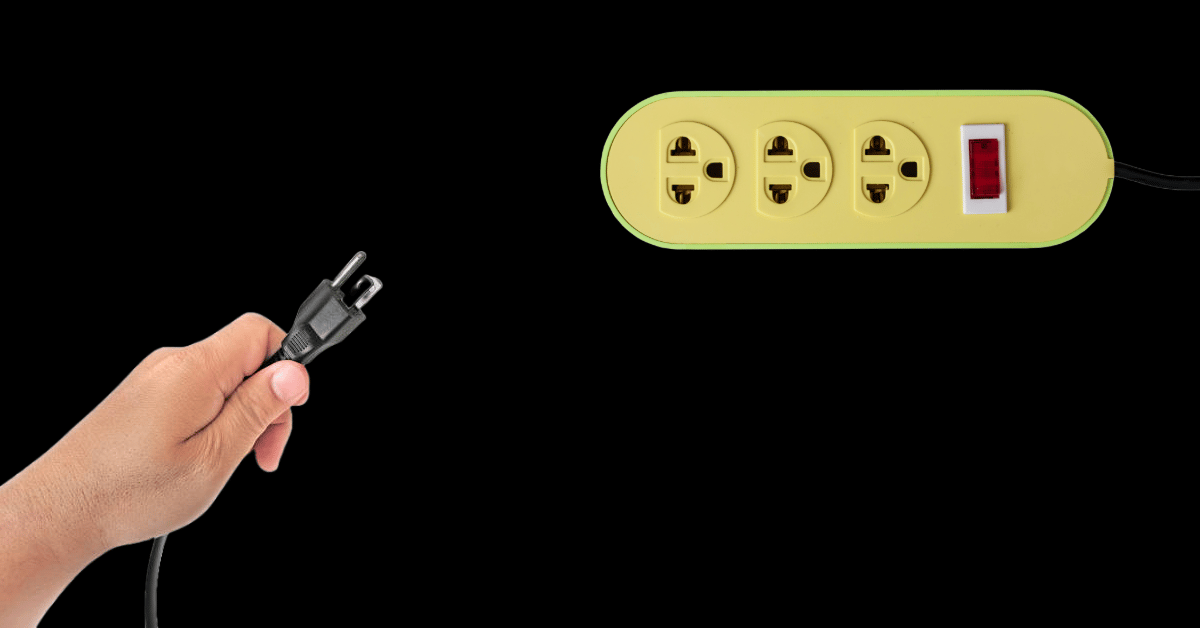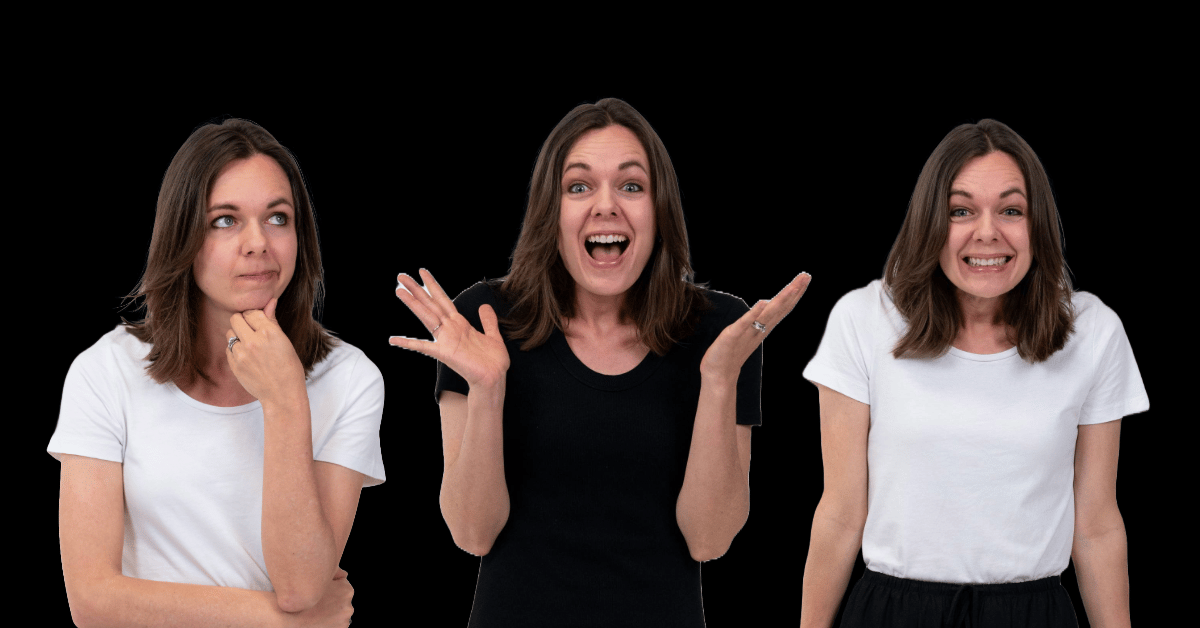
Every panel at Cannes, every agency creds deck, every second LinkedIn post is suddenly about creative effectiveness.
It’s the new darling buzzword of the industry. A phrase that sounds impressive, vaguely strategic, and impossible to disagree with. But no matter how many hot takes I read, no one seems to be saying what it actually means. So rather than just talking about how important creative effectiveness is, maybe we should start with what it is (and isn’t), no?
- Sophie Randell, Writer
**Only 2 days left to grab your seat**
Join our team for a 90-minute workshop to find out the exact strategies we've used to grow our Instagram following to 600k+. This workshop is not about theory. It's about giving you actionable takeaways you can implement straight away.
Learn what's working on the platform right now from:
Jony Lee, our expert short-form strategist
Stanley Henry, founder at The Attention Seeker
Bring your questions and we will bring everything we've learnt spending thousands of hours on Instagram. We're not gatekeeping anything, so get ready!
Friday 13 June | 8:30–10:00am NZT | $49
WHAT’S HAPPENING IN MARKETING TODAY?
Lipton unites “old people”, Tariffs boost fast fashion & OpenAI ordered not to delete chat history

Lipton Hard Iced Tea unites millennials and boomers with new campaign.
If you didn’t have a quirky “all I drink is Lipton Peach Iced Tea” phase in your teen years – you either aren’t a millennial or you've never truly lived. For me, Lipton Iced Tea was a beacon of thirst-quenching hope in my adolescence after a long day of misbehaving. So, tell me WHY I didn’t know they had a Hard Iced Tea for my adult years of doing so?
Anyway. The brand is now bridging the generational gap between millennials and boomers with an activation on National Iced Tea Day (June 10). The message basically says, “we know y’all are old, but we also know you still love to party.” Lipton has tapped creators from the Retirement House (again, didn’t know this was a thing), a group of senior influencers who create content to challenge assumptions about senior living.
This campaign is all tied up with a pretty little Instagram contest that will send winners to Palm Springs, California (a place for both old folks and partygoers). I say sign me the HECK up because I happen to be both (at my ripe 28 years of age.)
Trump's trade war is actually boosting the fast fashion industry.
Aren’t we all just loving the smell of existential dread, the descent into fascism and the crumbling of the fabric of our society at the moment!? Can I get a “ahhhhh help me!?” The goal of the tariffs is to bring manufacturing back to good ol’ American soil. But the process of re-shoring is apparently super complex and will take years to implement. And fast fashion doesn’t do “years.” It does 1-day turnarounds.
According to Brand Equity: “Instead of re-shoring production, many fashion brands are simply sourcing from whichever country offers the lowest total cost after tariffs.” The result? The awful, ultra-fast fashion machine is becoming even more exploitative, just relocating to countries with lower tariffs and lower labour costs.
The Philippines, with a (comparatively) low tariff rate of 17%, has since emerged as an alternative production hub. And much of the cheap fashion that was once bound for the US is now flooding markets like Australia.
OpenAI fights court order requiring it to store deleted ChatGPT conversations.
This court order was issued when The New York Times filed a copyright lawsuit against the company. The suit accused OpenAI of using articles from NYT to train its intelligence models (oopsie). According to The Verge, the court order forced OpenAI to preserve “all output log data that would otherwise be deleted.” And that applies even if a user requests the deletion of a chat or if privacy laws require OpenAI to delete data.
OpenAI COO Brad Lightcap said the order “fundamentally conflicts with the privacy commitments we have made to our users. It abandons long-standing privacy norms and weakens privacy protections.” The company believes NYT overreached and will continue to appeal it. Puuurr.
-Sophie Randell, Writer
DEEP DIVE
“Creative effectiveness” is having a moment, but what does it actually mean?

Everyone’s talking about it. No one’s defining it. So let’s figure out what actually makes creative work.
Ask five marketers to define “creative effectiveness” and you’ll get six answers and a nervous laugh. One will talk about awards. Another will point to click-through rates. A third will mention emotional resonance but can’t tell you how it’s measured. In other words, it’s a mess.
So... what is creative effectiveness?
At its simplest, creative effectiveness is about how well a piece of creative work drives the outcomes it was designed to achieve. That could mean driving sales, building brand fame, shifting perception, sparking action, or creating long-term memory structures that pay off years down the track.
In other words, it's not just:
“Did it go viral?”
“Did people like it?”
“Did we win a Lion?”
It's also:
“Did it help our brand grow?”
“Did it make people feel something?”
“Did it actually do what we needed it to do now, and in the long run?”
For all the smarty-pants marketers in the back, before you write me off as stupid, I realise that yes, this might sound obvious. But you'd be shocked at how often effectiveness gets confused with popularity, prettiness, or performance metrics that only tell a fraction of the story.
What people think makes creative effective (but doesn’t always):
Virality. Great if it happens. Not a strategy. Most viral content is forgotten faster than you can say “TikTok trend.”
Playing it safe. If your creative is designed to please everyone, it’s probably not moving anyone.
Stuffing it with data. Just because you can measure it doesn’t mean it matters. Don’t confuse easily tracked metrics (clicks, impressions) with effectiveness.
Outspending a mediocre idea. You can media-buy your way into visibility. But you can’t media-buy your way into memory.
What actually makes creative effective:
Now for the good stuff — the ingredients that actually work, backed by years of research from folks like the IPA, WARC, System1, and the Ehrenberg-Bass Institute:
Emotion drives results. When it comes to memory and action, emotional storytelling beats rational messaging every time. (Shoutout to Orlando Wood and his right-brain renaissance.)
Distinctiveness > Differentiation. Your creative doesn’t have to be better. It has to be different. Be recognisably you, not generically “premium.”
Fame works. When your brand becomes culturally famous, everything gets easier: salience, sales, loyalty. Like it or not, fame is a business multiplier.
Consistency builds memory. When it comes to brand assets, tone of voice, and look and feel, repetition is your friend. Great creative isn’t reinventing the wheel every time. It’s building on a recognisable world.
Long and short work together. The best creative doesn't just convert now but also compounds over time. You need performance and brand, not either/or.
How do you measure it without killing the magic?
Ah yes, the age-old tension between artists vs. analysts. But you don’t need to turn your creative department into a data farm to prove value.
Here’s how to approach measurement without losing the soul:
Pre-testing, not to kill ideas, but to understand how they land. Done well, this can tell you if something is distinctive, emotional, and well-branded before it hits the wild.
Brand tracking & uplift studies to see what’s shifting. Is your campaign actually improving recall, association, or purchase intent?
Econometrics & MMM for the long game. These help you understand what’s really driving business results across channels over time (even if it takes longer to see).
Attention metrics because viewability ≠ visibility. If no one’s paying attention, it doesn’t matter how good your message is.
Just don’t fall into the trap of measuring what’s easy instead of what matters.
Creative effectiveness is not about less creativity. It’s about braver creativity.
The danger with the rise of “creative effectiveness” is that it gets mistaken for risk aversion. But the opposite is true. The most effective creative is often the boldest. The stuff that breaks category rules, sparks emotion, earns attention, and stays in people’s heads for years.
Creative effectiveness isn’t about dumbing things down. It’s about backing big ideas with even bigger impact. So yes, let’s make creativity accountable. Let’s talk about results. But let’s also protect what makes creativity magic in the first place.
Because when you get both right? That’s when the real effectiveness kicks in.
-Sophie Randell, Writer
TREND PLUG
I still think about you

Ever rehearse a fake argument in the shower just to feel something?
Yeah, this trend is exactly that energy. The sound goes, “I still think about what I’d say to you if we were standing face to face,” and it’s giving unresolved beef, late-night spiral. Like this video that says, "closure was ghosting you because saying goodbye never worked" (ouch).
TikTokers are using this trend to finally air out the things they never got to say, some heartfelt, some hilarious. From talking to an ex-best friend to yelling at the barista who spelled their name wildly wrong, it's all about delivering that long-overdue monologue. Because let’s be real, there’s always something left unsaid.
How to jump on this trend:
Start by thinking of the person, moment, or object you still mentally argue with once a week (the more dramatic or weirdly specific, the better.) Record yourself with a deadpan stare or slow zoom. Then, either use a green screen to show what/who you’re talking to or just let the caption do the storytelling. Use this sound and go off.
A few ideas to get you started:
To whoever schedules 8am meetings, we have some things we’d like to say.
To the discontinued product everyone begs us to bring back… we’d say we miss you too.
To the customer who said “this tastes weird” and still finished the whole meal, we still think about you.
- Jillian Edwards, Account Executive
ASK THE EDITOR

Do I need a separate strategy for TikTok and Instagram or can I just post my content everywhere? - Sierra
Hey Sierra!
Every platform does have its own audience and culture, so content that does well one place may or may not perform as well somewhere else. That's why many big brands have platform-specific strategies, with different content going on each one. But for smaller brands that don't have the resources to do that, there's no downside to posting your videos everywhere and seeing what happens.
So if you're already creating content for TikTok, go ahead and try posting it on Reels, Facebook, LinkedIn, and YouTube shorts. You may find an entirely new audience just by repurposing your content. Just make sure you're interacting with your audience when you do get engagement on those new platforms.
- Charlotte Ellis, Editor ♡
Not going viral yet?
We get it. Creating content that does numbers is harder than it looks. But doing those big numbers is the fastest way to grow your brand. So if you’re tired of throwing sh*t at the wall and seeing what sticks, you’re in luck. Because making our clients go viral is kinda what we do every single day.

